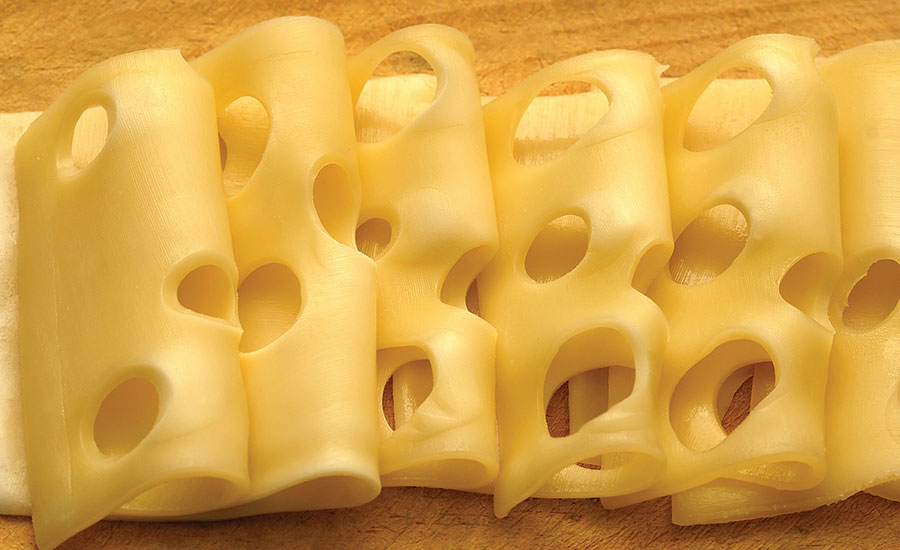James Reason’s Swiss Cheese Model of safety is a remarkably simple way to think about how organizational culture and climate turn into injuries and incidents. Imagine four parallel slices of Swiss cheese, each one with holes randomly located around the slice. Each slice represents a layer of protection intended to prevent injuries and incidents. Each layer is also embedded in the organization’s safety culture.
Layer one
This is the proximate cause of the incident. Which employee engaged in what behavior that led to what injury? Or what machine malfunctioned? Often, we can identify contributions to this behavior from the safety culture on the shop floor. Peer pressure can promote or prevent safe behavior.
Layer two
The incident would not have happened if not for a set of preconditions. This is the second slice of cheese. This could be the design of the environment, the incentives and motivations on the shop floor, and so on. It is not hard to see the influence of safety culture here as well.
Layer three
What led to these preconditions and the reality on the ground? This is the third slice of Swiss cheese. Middle management is often where decisions are made that create preconditions and determine where the holes in the cheese might be. Middle managers might be setting performance goals and productivity bonuses and allocating training resources. Where is safety on this list of priorities?
Layer four
Finally, why did middle management create those preconditions? The highest slice of cheese is upper management and the safety culture that it has created. If senior management pays lip service to safety, it will disappear from the priorities of middle management. But if they walk the walk, it is amazing how fast middle management will follow their lead.
Superficial investigations
Of course, a complicated environment may have more layers and a really simple environment might have fewer layers. But the basic message is that an incident will only occur when our slices of cheese are aligned. Some aspect of safety culture, communicated by upper management, leads middle management to create preconditions that lead an employee to engage in a behavior that causes some kind of injury or incident. There are cultural implications at each layer.
The challenge that we face is that many organizations focus their proactive risk assessments and post-incident safety investigations on the bottom layer and often ignore the culture interactions at this level. A proximate cause analysis identifies the behavior, blames that employee or malfunction, and enters the results into the safety management system. Monthly analytics adds them all up, data mines them for similarities and trends, and spits out some fancy statistics.
There is a major flaw in this approach. If no one looks deeper, the root causes will never be found. Hazards will continue to propagate through our block of Swiss cheese and cause similar injuries to happen again and again -- perhaps with a different employee or a different machine, but basically the same. We may feel good about strengthening a machine guard or reprimanding an absentminded employee. But nothing will really be solved.
Why not look deeper?
Root cause analysis that looks for a path through all four layers is difficult. It takes more time and more expertise. It is often not prioritized by a management that would find itself the target of the root cause investigation. It can be a politically messy adventure for the safety team doing the investigation. It opens the organization up to more expensive changes, which is what it takes to fix systemic problems. What incentive is there for anyone to champion such an effort?
There is plenty of evidence that identifying root causes and enacting systemic change provides a great bang for your safety bucks. Despite the higher initial costs, the forthcoming benefits are much greater. The increased safety leads to reduces injury costs, higher productivity, higher product and service quality, and more.
But only if risk assessments and safety investigations look at all four layers and includes the cultural interactions at each layer.



